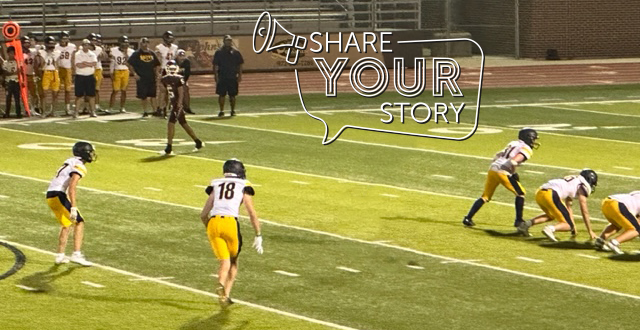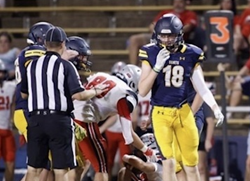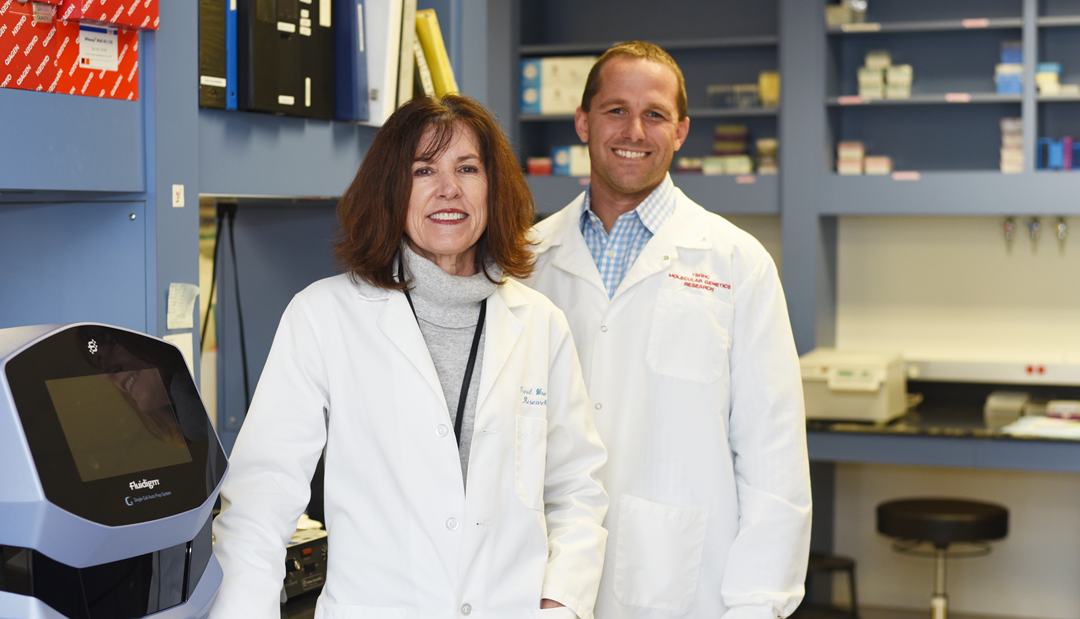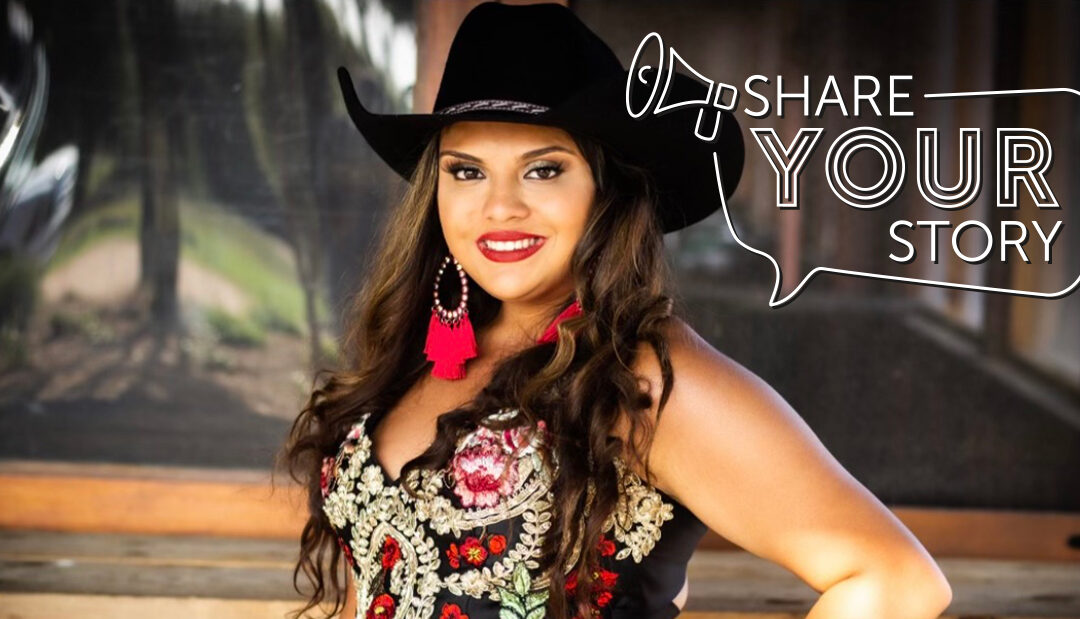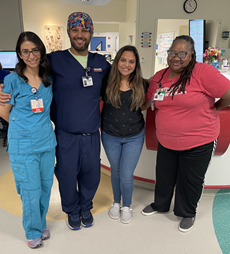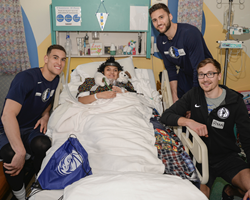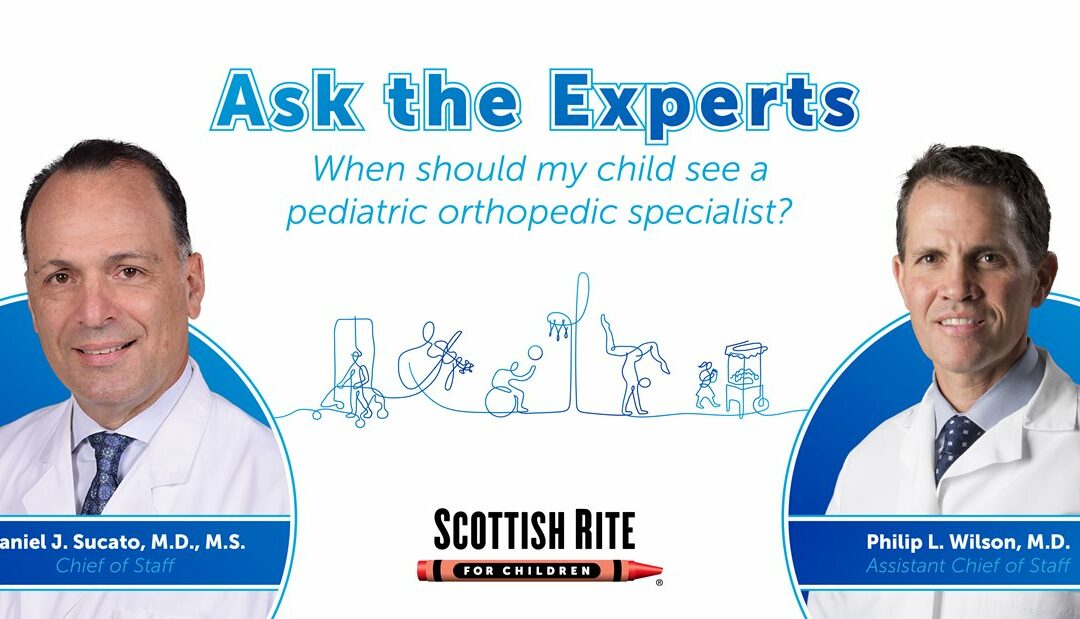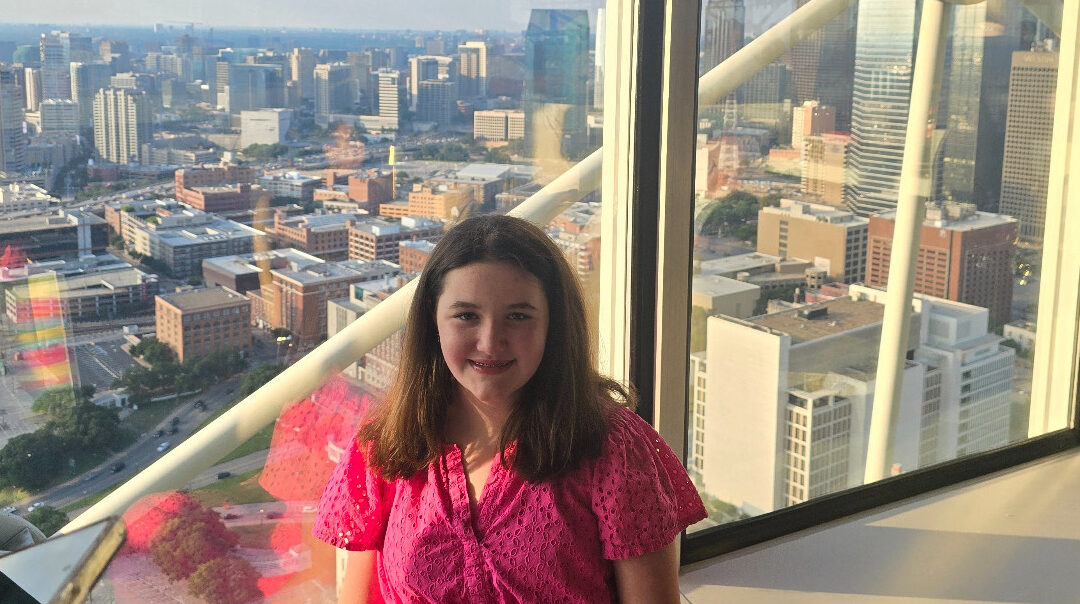
Share Your Story: Lifelong Commitment to Care
13-year-old Lyla and her mom Ashley have more in common than they originally thought. Ashley was diagnosed with scoliosis in 2000 after her mom noticed a spinal curve while she tried on clothes. A chiropractor referred her to Scottish Rite for Children to begin treatment. It was the attentive care and support from chief of staff Daniel J. Sucato, M.D., M.S. and her child life specialist that influenced Ashley’s pursuit for a degree in Child Development and Family Studies from the University of North Texas.
In 2020, Lyla embarked on her own scoliosis journey with Scottish Rite at age 9. With a mother’s eyes, Ashley first noticed Lyla’s shoulder blades were uneven. They visited their primary care physician, who referred them to Scottish Rite. Lyla’s scoliosis was juvenile idiopathic scoliosis, known as the most common type of scoliosis.
The uncertainty of Lyla’s diagnosis disappeared when Ashley and her husband Chad discovered that Sucato would be treating their daughter. “My heart sank because I knew what it meant to have scoliosis,” Ashley says. “However, Dr. Sucato has the kind of heart needed to serve and advance orthopedic care for children.” Lyla’s scoliosis was treated mostly with a back brace for two years. She underwent spinal fusion surgery in 2023 and is now free from back pain!
Research proves that scoliosis has a genetic component and tends to run in families. Children with a family history of scoliosis, like Lyla, are more at risk. This is predominately seen in girls that range from ages 10 to 15.
Ashley and Lyla’s bond is stronger than ever. Lyla is like her mom in many ways, outside of sharing a diagnosis of scoliosis. They are both passionate about helping others, and Lyla is set on going to college to become a child life specialist at Scottish Rite. “Scottish Rite helps children improve their quality of life,” Ashley says. “Most importantly, Scottish Rite creates life-long memories and shows us how we are supposed to love and help others.” Lyla is incredibly active now and enjoys many hobbies like acting, reading, dancing, singing, being with her friends and serving at church! Lyla and Ashley’s diagnosis and care mirror each other, reflecting the need for the accessible expert care Scottish Rite provides.

